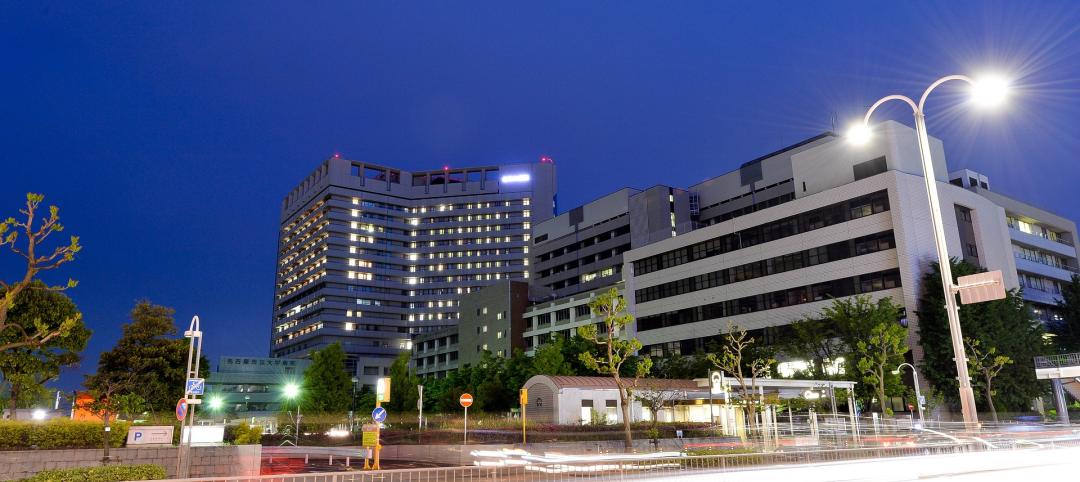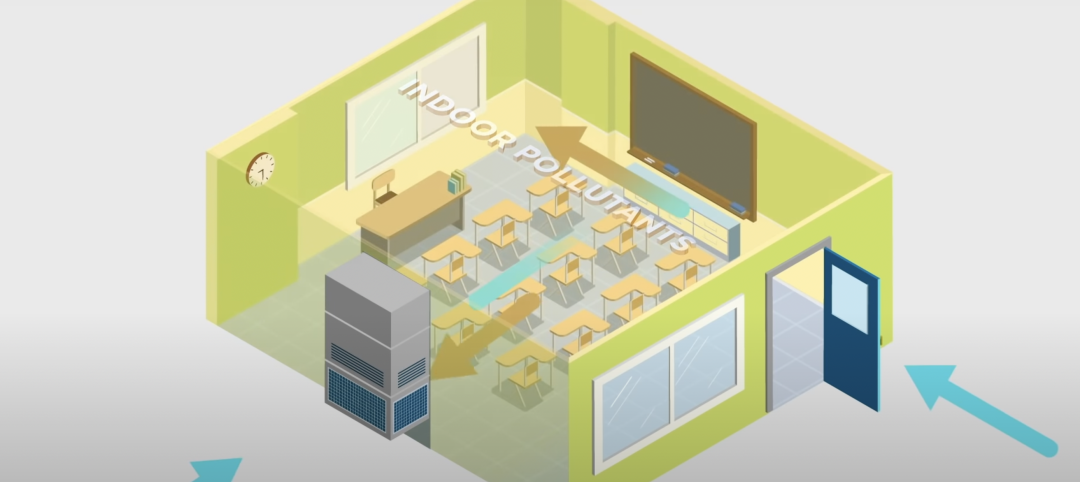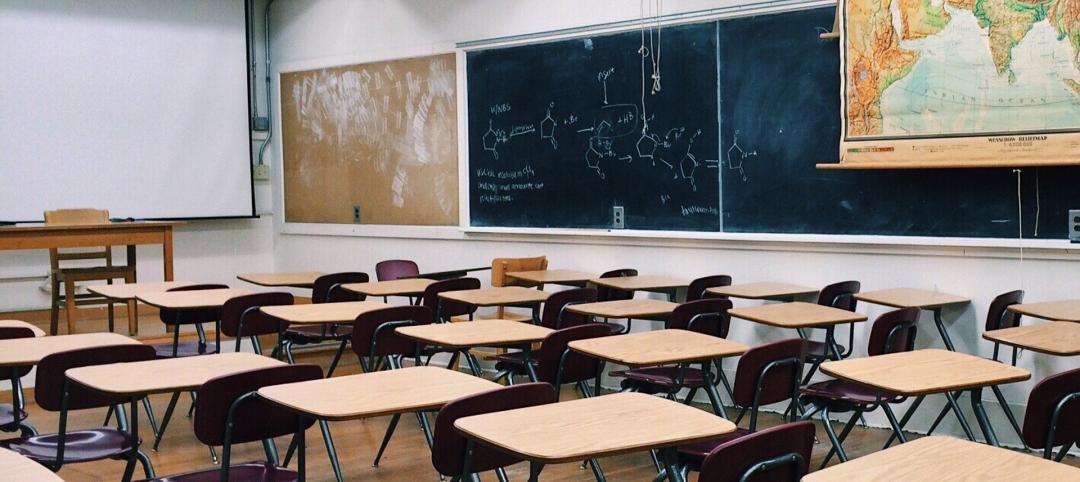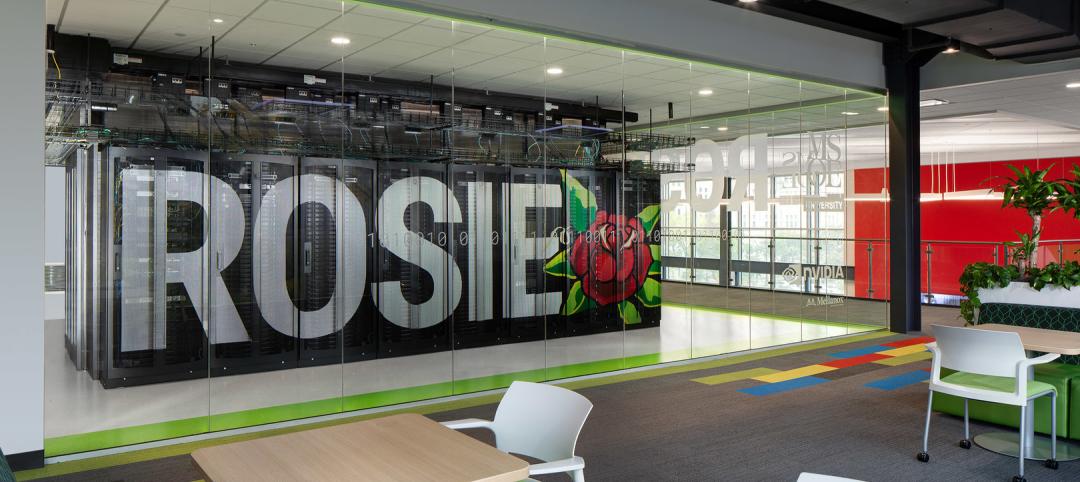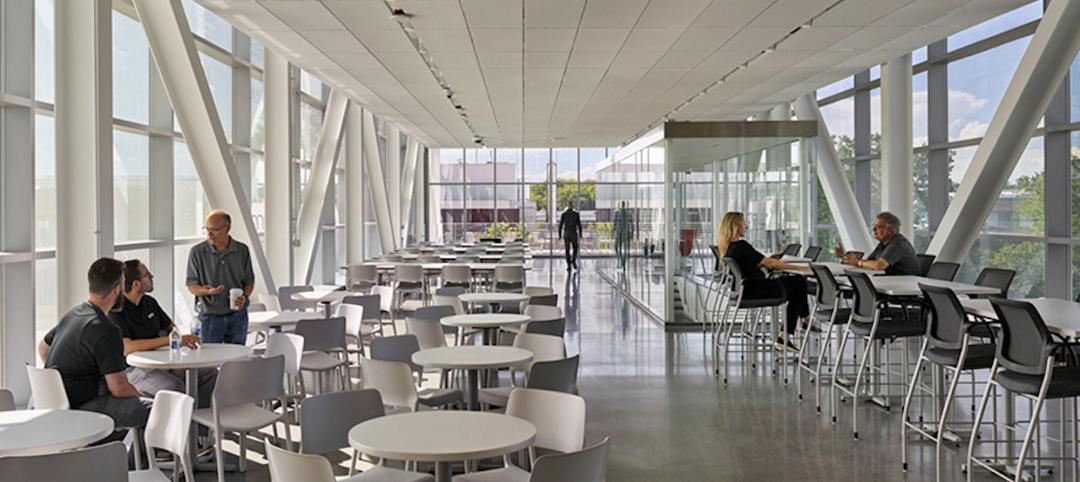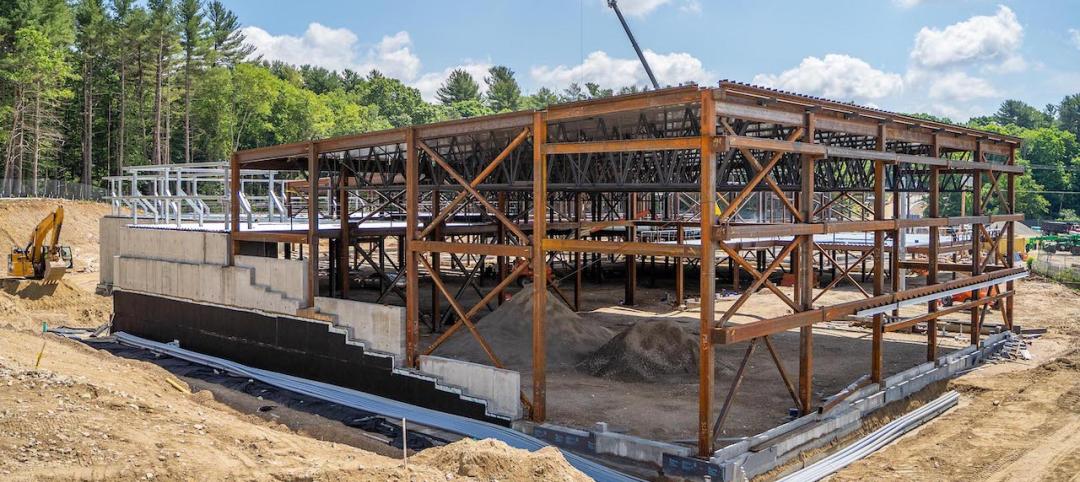Commercial building leases are getting shorter. Compared to long-term leases that were common for decades, the average lease today is three to five years. For property managers and building owners, retaining tenants beyond the five-year mark can make the difference between a highly profitable real estate asset and one that struggles to turn a profit. Recruiting new tenants is a costly venture.
Buildings are a reflection of the owner and tenants, as well as their brand and reputation. Commercial buildings where owners have paid attention to the details will have an easier time recruiting and retaining tenants over longer periods. Tenants increasingly expect a well-crafted property that feels unique, authentic, and comfortable—with technologically advanced systems and spaces that optimize performance and encourage collaboration and engagement. The following guidance will help owners and property managers keep tenants happy.
Tenant Preferences and Demands are Changing
Green building is no longer a buzzword; it is how businesses operate. According to the Northwest Energy Efficiency Alliance (NEEA), reducing energy consumption is a core business strategy that tenants expect from a lease rather than “added value.” Often, the mission statement of companies include a global and local impact clause, so leasing space from a commercial real estate firm that considers energy efficiency and sustainability critical will more likely align with their values.
In a 2019 study of 750 CRE executives across 10 countries, Deloitte found that changing workforce demands, such as flexible locations and workspaces, and technological advancements, such as artificial intelligence (AI) and Internet of Things (IoT) are increasingly important to tenant companies. Of the tenant highlights listed in Deloitte’s report, these expectations rank as number one.
Tenant Experience and Expectations
The second factor highlighted in the Deloitte report is a newer concept: the tenant experience. It was one of the top priorities for building owners.
The idea of understanding someone else’s experience and their expectations can be intangible, but there are a few key universal issues:
• Quality of life through health and wellness. Health and wellness are a necessity for tenants. Through initiatives such as Fitwel and the WELL Building Standard and the increased research and understanding of health, including body and mind, the framework exists to improve the tenant experience and the overall productivity and wellbeing of building occupants.
In particular, corporate design is looking to startups and tech giants to inform them of the latest innovations and to pinpoint what tenants are looking for. With health and wellness being the latest standard in office design for technology companies—especially for those whose work days have expanded beyond 9 to 5—building owners and company executives have embraced finding ways to keep their tenants and employees healthy and happy.
• Quality and aesthetics. Wellness also includes the aesthetic quality of the products used, in both fit and finish, and how they perform. For example, if you have ever been in a dirty, outdated elevator—or in one that jolts and vibrates—the almost-instant response of users is to question whether the elevator will even get them to their destination safely. While the ride may only last a minute, tenants want their employees and visitors to have their minds on the tasks at-hand rather than being sidetracked by elevator concerns.
A study by the University of California, Irvine found that it takes an average of about 23 minutes for an employee to get back to the level of focus they had before an interruption. If outdated systems suggest failure—even if they will not fail—concerns for their safety are considered an interruption that will keep employees and visitors from focusing important tasks. Updating your building systems not only saves energy and improves comfort; it also provides the intangible benefit of employee/tenant peace of mind.
• Reliability. Elevator downtime is often what users remember most, even if a majority of their experiences do not involve faulty machinery. Traditional elevators and escalators have an average of six to 10 downtime instances per year. In comparison, newer products—such as those in the Mitsubishi Electric portfolio—experience only one instance of downtime a year. By investing in reliable and up-to-date systems, tenants and their visitors are less likely to experience downtime, positively influencing their views of the building.
Reliability has a dollar value as well. Tenants say that even an hour of electrical or system downtime can lead to $100,000 in losses. While building owners do not necessarily know when systems will fail, reliable uninterruptible power supply (UPS) systems provide backup power when needed to keep tenants moving forward.
A commercial building is an investment, but even more so today, it is an extension of the building owner and tenants—and their ideals. When owners and property managers understand the importance of caring for their building like an artisan finely tunes their craft, the outcome is happier tenants—and higher rates of recruitment and retention.
For more information, follow the link to BuildBetterTogether.com.
Related Stories
Healthcare Facilities | Jan 31, 2023
How to solve humidity issues in hospitals and healthcare facilities
Humidity control is one of the top mechanical issues healthcare clients face. SSR's Lee Nordholm, PE, LEED AP, offers tips for handling humidity issues in hospitals and healthcare facilities.
HVAC | Dec 13, 2022
Energy Management Institute launches online tool to connect building owners with HVAC contractors
The National Energy Management Institute Inc. (NEMI) along with the Biden administration’s Better Air in Buildings website have rolled out a resource to help building owners and managers, school districts, and other officials find HVAC contractors.
75 Top Building Products | Nov 30, 2022
75 top building products for 2022
Each year, the Building Design+Construction editorial team evaluates the vast universe of new and updated products, materials, and systems for the U.S. building design and construction market. The best-of-the-best products make up our annual 75 Top Products report.
K-12 Schools | Nov 30, 2022
School districts are prioritizing federal funds for air filtration, HVAC upgrades
U.S. school districts are widely planning to use funds from last year’s American Rescue Plan (ARP) to upgrade or improve air filtration and heating/cooling systems, according to a report from the Center for Green Schools at the U.S. Green Building Council. The report, “School Facilities Funding in the Pandemic,” says air filtration and HVAC upgrades are the top facility improvement choice for the 5,004 school districts included in the analysis.
Data Centers | Nov 28, 2022
Data centers are a hot market—don't waste the heat!
SmithGroup's Brian Rener shares a few ways to integrate data centers in mixed-use sites, utilizing waste heat to optimize the energy demands of the buildings.
Engineers | Nov 10, 2022
U.S. engineering firms cash in on a volatile, expanding market
New practices and markets drive growth for U.S. engineering and engineering-architecture firms. And firms are getting serious about reducing projects’ carbon footprint.
Building Materials | Nov 2, 2022
Design for Freedom: Ending slavery and child labor in the global building materials sector
Sharon Prince, Founder and CEO of Grace Farms and Design for Freedom, discusses DFF's report on slavery and enforced child labor in building products and materials.
BAS and Security | Oct 19, 2022
The biggest cybersecurity threats in commercial real estate, and how to mitigate them
Coleman Wolf, Senior Security Systems Consultant with global engineering firm ESD, outlines the top-three cybersecurity threats to commercial and institutional building owners and property managers, and offers advice on how to deter and defend against hackers.
Multifamily Housing | Sep 15, 2022
Heat Pumps in Multifamily Projects
RMI's Lacey Tan gives the basics of heat pumps and how they can reduce energy costs and carbon emissions in apartment projects.
Building Materials | Aug 3, 2022
Shawmut CEO Les Hiscoe on coping with a shaky supply chain in construction
BD+C's John Caulfield interviews Les Hiscoe, CEO of Shawmut Design and Construction, about how his firm keeps projects on schedule and budget in the face of shortages, delays, and price volatility.


